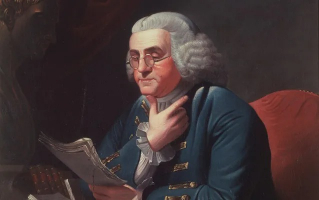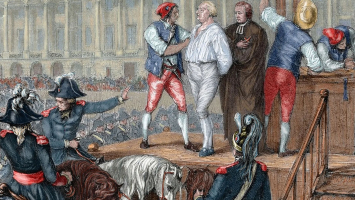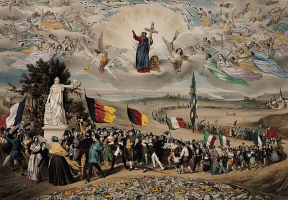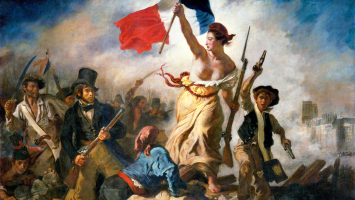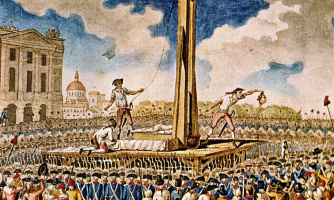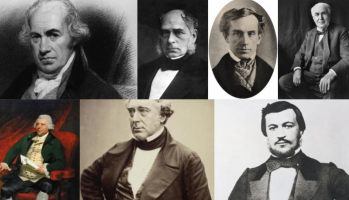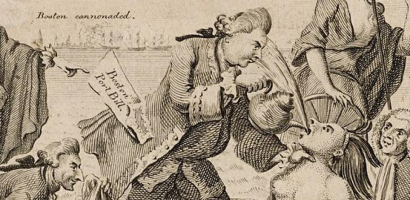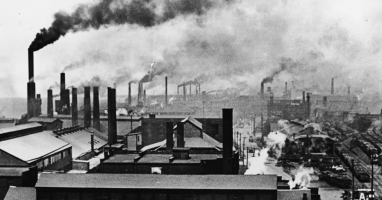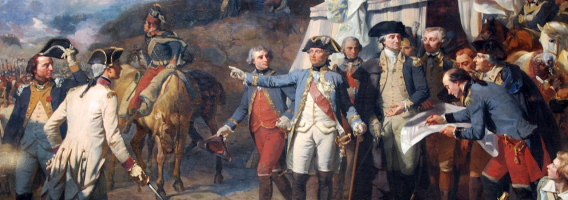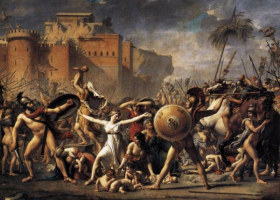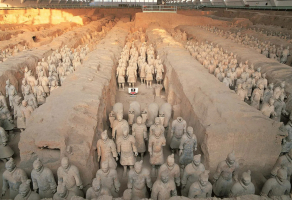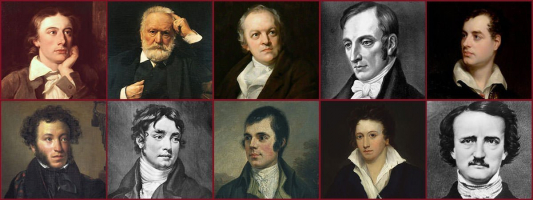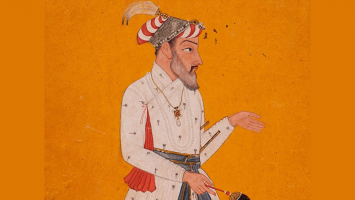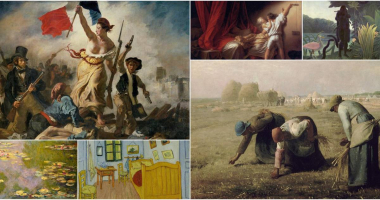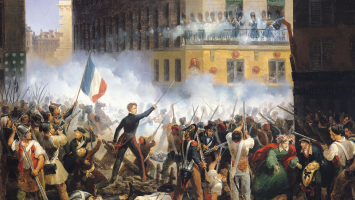Top 10 Most Important Leaders of the French Revolution
Due to the involvement of numerous leaders, the French Revolution was able to rank among the largest revolutions in history. All of the leaders served as the ... read more...revolution's public face, serving as idols to the populace. The French Revolution's political elite was split between the extreme Montagnards and the moderate Girondins, both of whom provided the revolution with many leaders and rebels. Explore the list of the ten most important leaders of the French Revolution below!
-
Known as one of the most important leaders of the French Revolution is Napoleon Bonaparte. On August 15, 1769, Napoleon Bonaparte was born to Carlo Buonaparte and Leticia Ramolino. In September 1785, he received his military academy diploma. The first lieutenant of the 4th Regiment of Artillery garrisoned in Valence, he eventually joined the Jacobin Club, a debate group that supported the monarchy, and was elevated to the position of president.
Commanding a French army in 1796, achieved victory over the armies of Austria. Again in 1799, he became part of an event known as the coup of 18 Brumaire who overthrew the French Directory.
His armies were successful in defeating the Austrians and driving them out of Italy in June 1800 because he was the first consul and a major political figure. Also rose to prominence as the head of numerous campaigns opposed to the European Union's Coalition. became the Emperor of France and the head of the European power later in 1804.
Napoleon gave himself up on March 30, 1814, and was banished from France to Elba. After a year, he went back to Paris and lost at Waterloo. Due to stomach cancer, he passed away on May 5, 1821.
Lifespan: August 15, 1769 – May 5, 1821
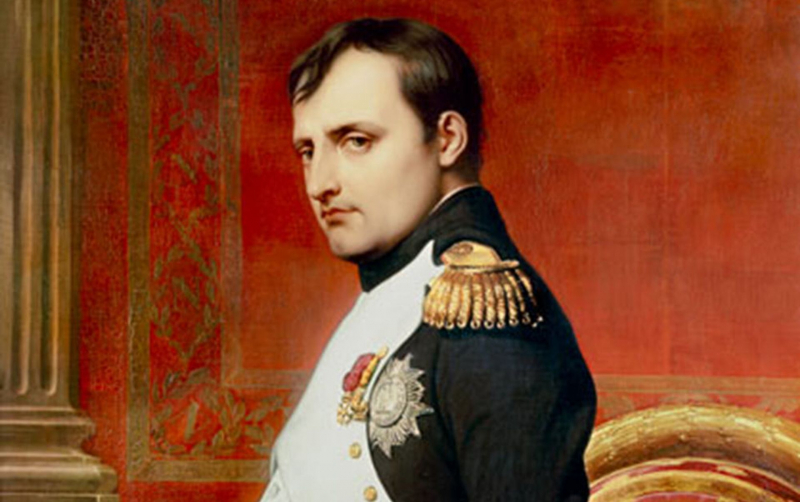
Photo: https://vn.sputniknews.com/ 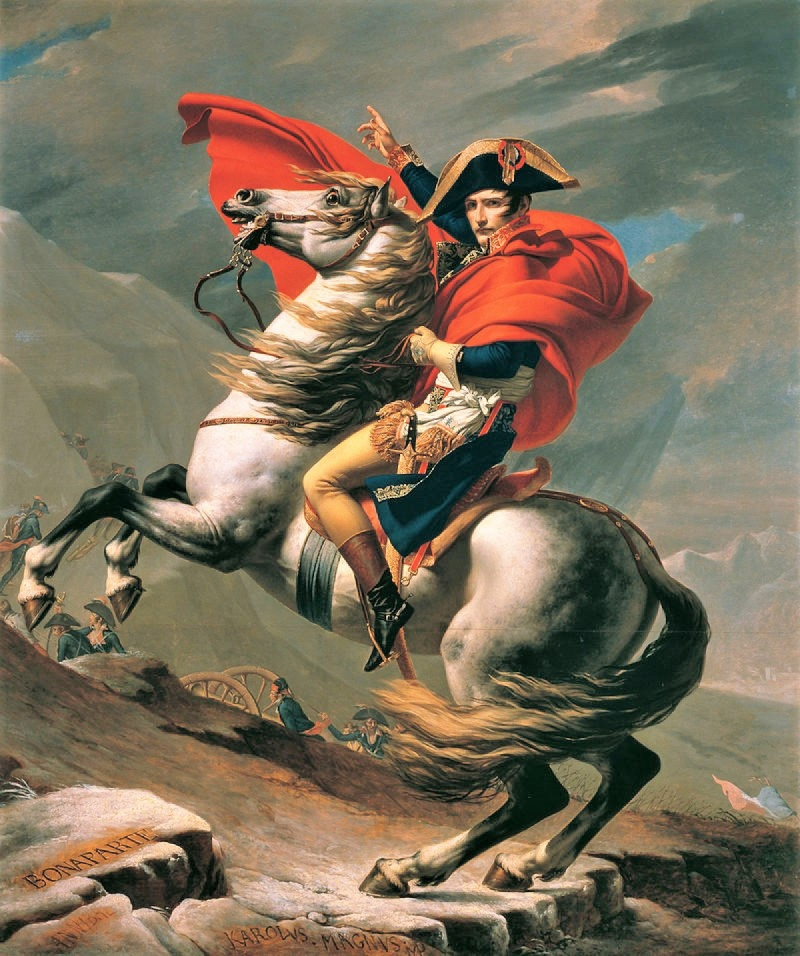
Photo: https://lsvn.vn/ -
Jean-Paul Marat was a French politician, journalist, and doctor who was born on May 24, 1743, to Jean Mara in Boudry, close to Neuchatel, Switzerland. He was the most prominent journalist of the French Revolution due to the publication of notorious, furious, radical, and aggressive writings that contributed to the violent phase of the Revolution.
As a result of his advocacy for the French people's fundamental human rights and his book L'Ami du Peuple, which translates to "The Friend of the People" he became a national hero (1789). A leaflet titled Offrande a la Patrie, which translates to "Offering Our Country" was also produced and claimed that the monarchy could resolve France's issues.
Later, he participated in several revolutionary events, including the September Massacres, the Women's March on Versailles, and the suspension of the monarchy. To stop the aristocracy from putting an end to the Revolution, he promoted preventive.
Marat continued his campaign after being given a sentence by the National Assembly. He proposed the abolition of monarchy between 1790 and 1791, and when Louis XVI attempted to remount the throne, he pronounced the king "unworthy to remount the throne" ( June 1791).
On July 13, 1793, a young Normandy-born admirer of Girondin stabbed him to death. Then he was hailed as a martyr for the people.
Lifespan: May 24, 1743 – July 13, 1793
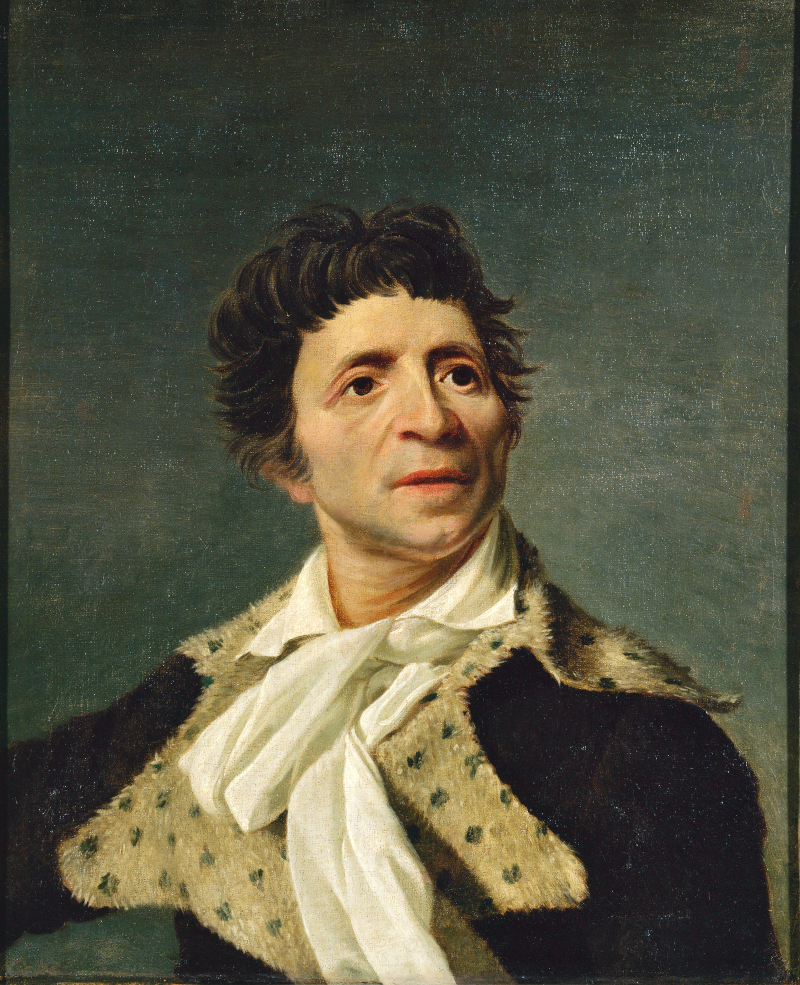
Photo: https://en.wikipedia.org/ 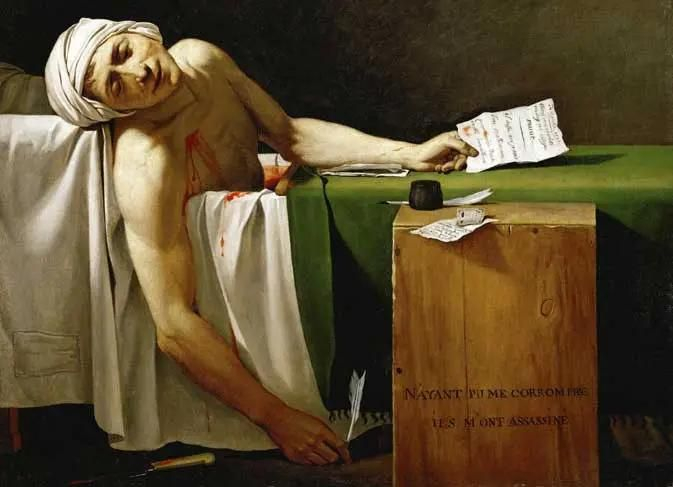
Photo: https://thegoodlifefrance.com/ -
On May 3, 1748, Emmanuel Joseph Sieyes, also referred to as Abbe Sieyes, was born in Frejus to a notary. He was a minister and a writer, and is one of the most important leaders of the French Revolution. Emmanuel Joseph was greatly influenced by the political ideologies of the Age of Enlightenment. What is the Third Estate? is the title of a pamphlet he published. It included a lack of sincere representatives in the country's government.
Even though Sieyes supported the King's execution in January 1793, he changed his mind once the Jacobin Club took over the Revolution ( June 1793 ). After serving for around six months on the Committee of Public Safety in 1795, he was appointed to the Council of Five Hundred in October and was able to get a position on the Directory, France's supreme executive body.
He worked together with Napoleon Bonaparte, Joseph Fouche, and C.M. de Talleyrand to plan the military coup d'état that succeeded in toppling the Directory on 18 Brumaire on November 9, 1799.
When Napoleon briefly retook power in 1815, Sieyes became well-known in the Chamber of Peers. But King Louis XVIII dismissed him from the Academy of Political and Moral Sciences in 1816. At the age of 88, Emmanuel Joseph Sieyes passed away in Paris on June 20, 1836.
Lifespan: May 3, 1748 – June 20, 1836
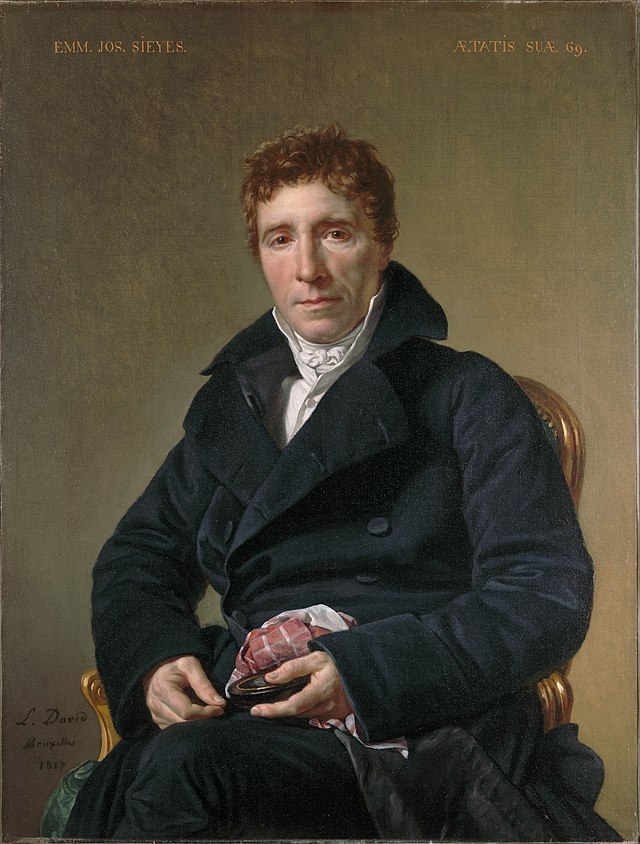
Photo: https://vi.wikipedia.org/ 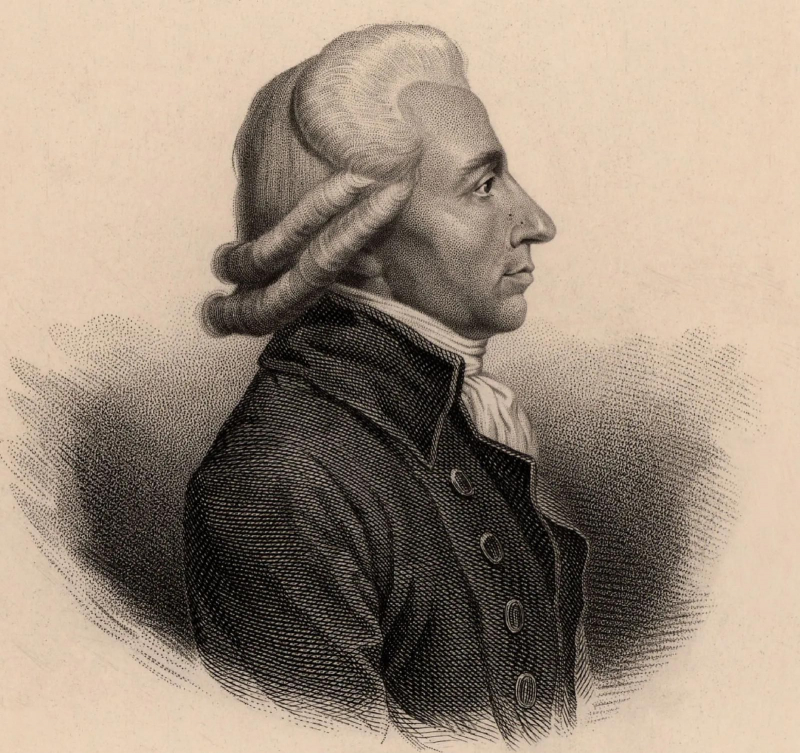
Photo: https://www.britannica.com/ -
On May 6, 1758, Maximilien Robespierre was born in Artois, France. He was a bright young man who followed in his father's legal studies in Paris. He campaigned and published articles in favor of the commoners and against the ruling class's authority after being chosen by the commoners to serve as a deputy of the Third Estate in 1789.
As the National Assembly's spokesperson, supported the Declaration of Human and Citizen Rights. France was dealing with several issues in 1793, including food riots in Paris, military threats from other European nations, the British taking control of the French Mediterranean base at Toulon, and a peasant uprising in the southwest.
The Committee of Public Safety, which was established by the Montagnards in the wake of the Girondins' defeat in June 1793, served as de facto France's executive branch during the period of the Revolution known as the Reign of Terror. Even yet, he was up against formidable obstacles like the Royal Navy putting down the movement. He was adamant about ruling as he stood tall in front of the safety committee.
Maximilien Robespierre and his 22 supporters were executed on July 28, 1794, and he is remembered as a supporter of the weak, persecuted, and destitute.
Lifespan: May 6, 1758 – July 28, 1794
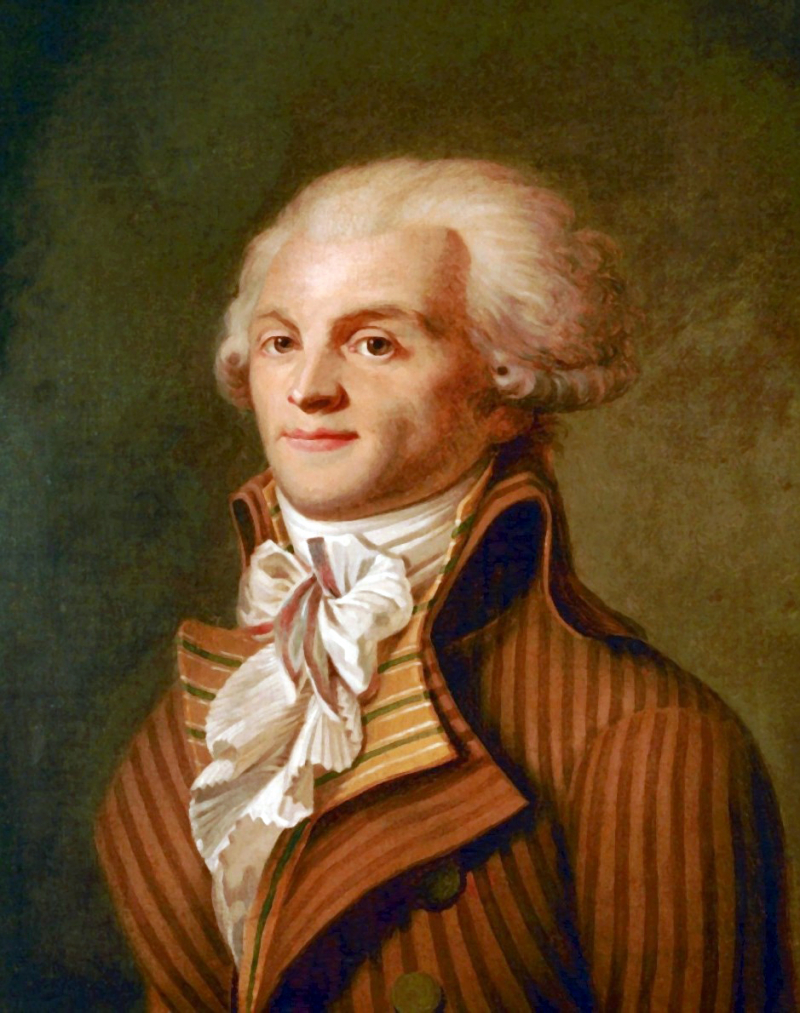
Photo: https://fr.wikipedia.org/ 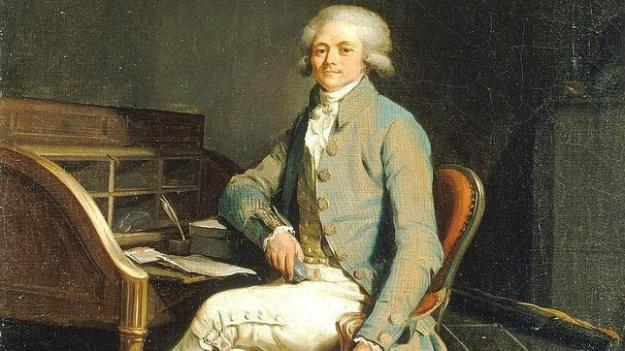
Photo: https://nghiencuuquocte.org/ -
After marrying Marie Adrienne Françoise de Noailles and enlisting in the Royal Army following the deaths of his parents in 1771, Marquis de Lafayette was born on September 6, 1757, in France into a family with a distinguished military history.
Marquis de Lafayette participated in the French Revolution after defending America during the American Revolution. He was chosen as a major-general in the Continental Army by the colonial officials because of his zeal and willingness to serve his country without compensation.
In 1787, several changes occurred as a result of my appointment to the Assembly of Notables and my work as a Second Estate deputy. After that, he became a member of the National Assembly, and in 1789, he was elected vice president.
On July 15, 1789, he was once more appointed as the head of the National Guard, where he served, oversaw the draft, and ratified the Declaration of the Rights of Man and Citizen. It significantly influenced the growth of freedom and democracy in Europe and around the world.
He attempted to raise men to march on Paris, but was perceived as a traitor instead, which led him to believe the revolution had failed. In August, he turned himself into the Prussians and Austrians and remained there until 1797. Pneumonia caused the death of the Marquis de Lafayette on May 20, 1834.
Lifespan: September 6, 1757 – May 20, 1834
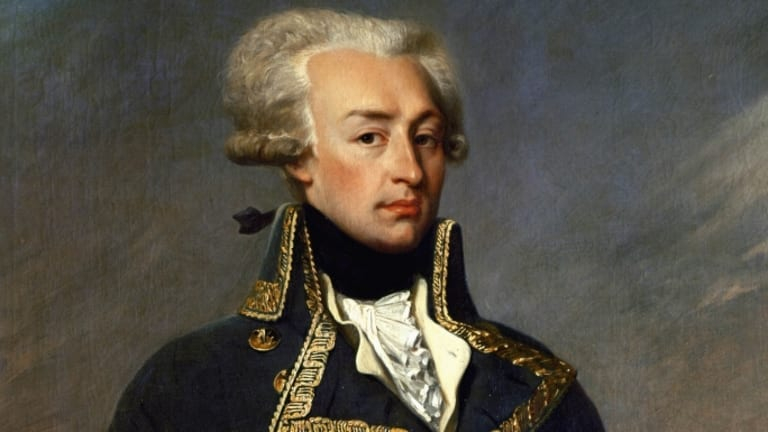
Photo: https://www.history.com/ 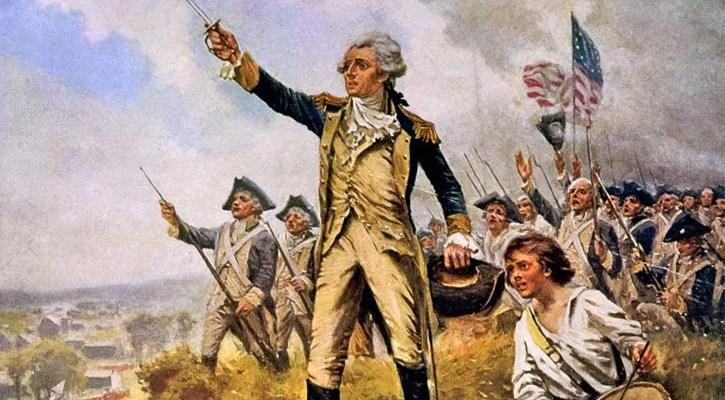
Photo: https://historydaily.org/ -
Lazare Carnot is famous for being one of the most important leaders of the French Revolution. On May 13, 1753, in Nolay, Lazare Nicolas Marguerite, Count Carnot was born to Claude Carnot and Marguerite Pothier. He acquired an engineering college degree, was wed to Jacqueline Sophie Dupont, and later received a commission as a lieutenant in an engineer corps.
He became a delegate to the Legislature (1791) and was chosen for the committee for public instruction as a result of getting involved in politics during the French Revolution (1789). Lazare Carnot made numerous changes to the educational systems in favor of the people's education, albeit they were not put into effect because of the unfavorable situation.
Lazare Carnot was elected to the National Convention in 1792, where he spent a few months on a mission to Bayonne and organized the military defense that would have been able to defend them against Spanish attacks. He was in charge of establishing and upholding the French Revolutionary Army's discipline after being chosen to serve on the Committee of Public Safety on August 14, 1793.
Napoleon Bonaparte appointed Lazare Carnot to be the governor of Antwerp. Louis XVIII exiled Carnot for life after Napoleon's defeat at Waterloo, and he passed away in Prussia on August 2, 1823.
Lifespan: May 13, 1753 – August 2, 1823
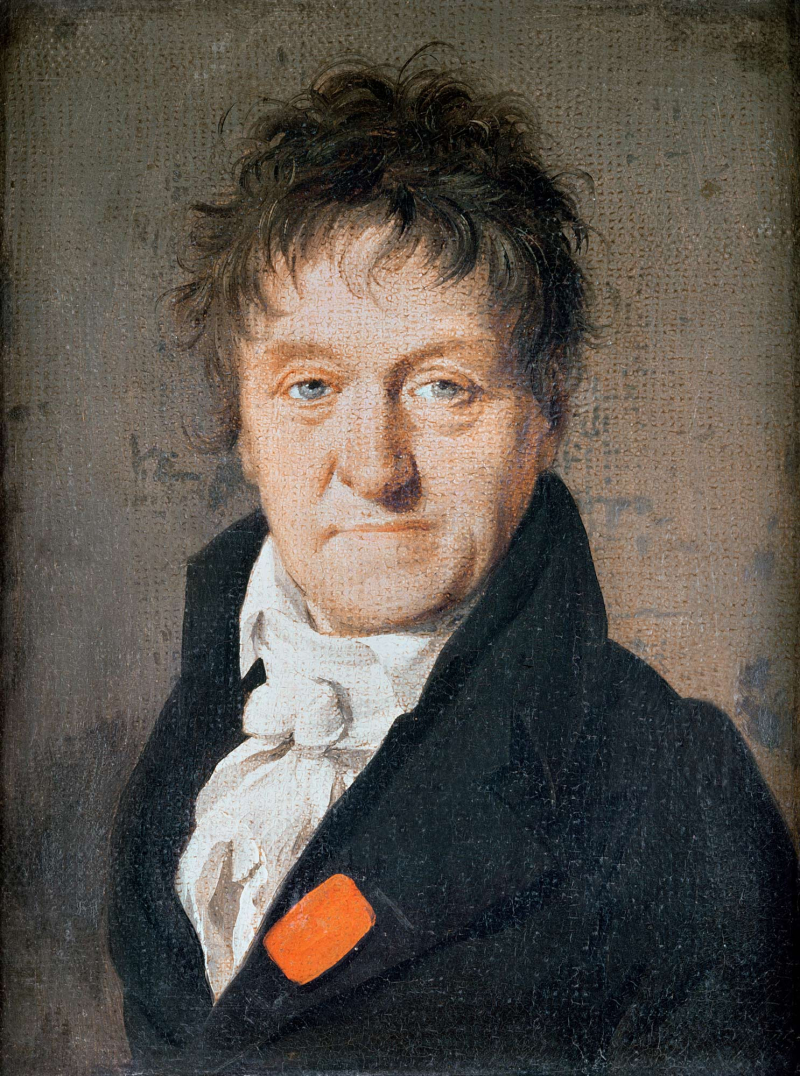
Photo: https://en.wikipedia.org/ 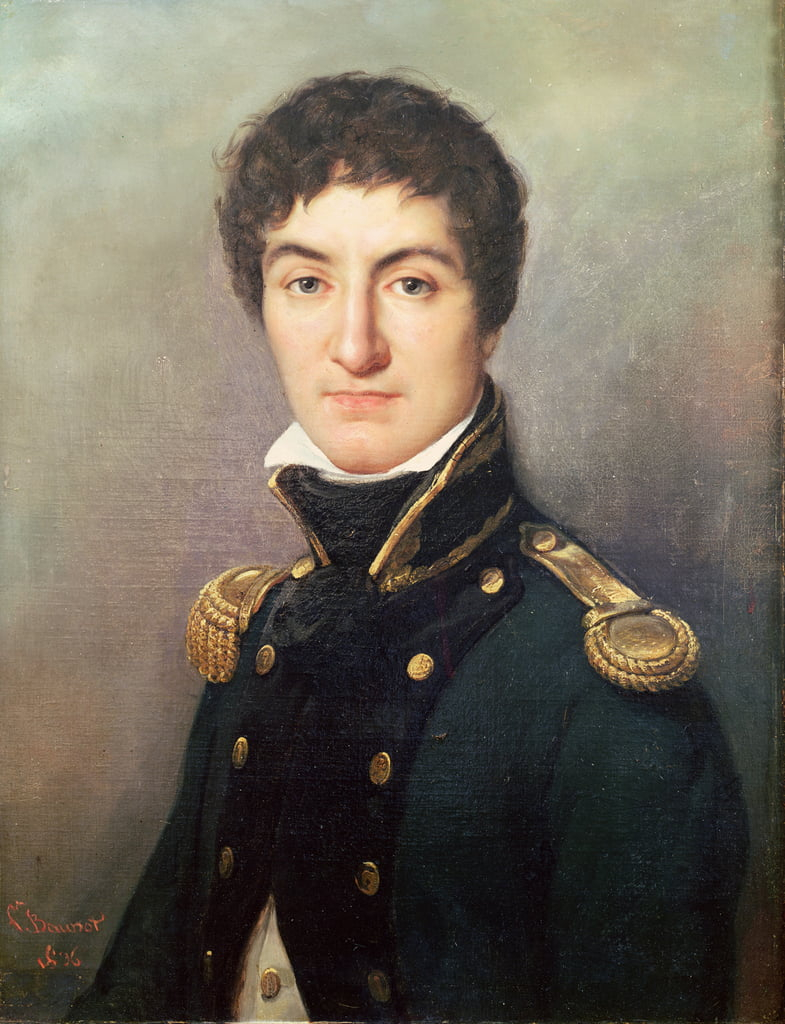
Photo: https://commons.wikimedia.org/ -
On January 15, 1754, Jacques Pierre Brissot was born to an innkeeper. He served as a law clerk in Chartres and Paris. Later, after becoming immersed in writing, he moved to London and wed Felicite Dupont.
Being the leader of the Girondins (Brissotins), who opposed the radical-democratic Jacobins, he published numerous pamphlets critical of the monarchy and the existing government, for which he was jailed for around four months until being freed in September 1784. Along with his Black comrades, Jacques Pierre Brissot founded an organization that was anti-slavery in February 1788. On July 10, 1791, he addressed the Jacobins with a speech regarding his foreign strategy that attacked King Louis XVI's inviolability.
Following the Declaration of Pillnitz, in which Austria and Prussia forbade the French people from harming King Louis XVI, he was chosen to lead the Legislative Assembly. Due to his familiarity with international politics, he was a member of the diplomatic committee. He supported the idea that only battle could bring about the French Revolution and reveal the adversaries during that time. So, on April 20, 1792, he formally declared war on Austria. Maximilien Robespierre, the leader of the Jacobins, disapproved of his views.
He was taken from Moulins by the Revolutionary tribunal and transported to Paris. On October 30, 1793, he was ultimately given a sentence.
Lifespan: January 15, 1754 – October 31, 1793
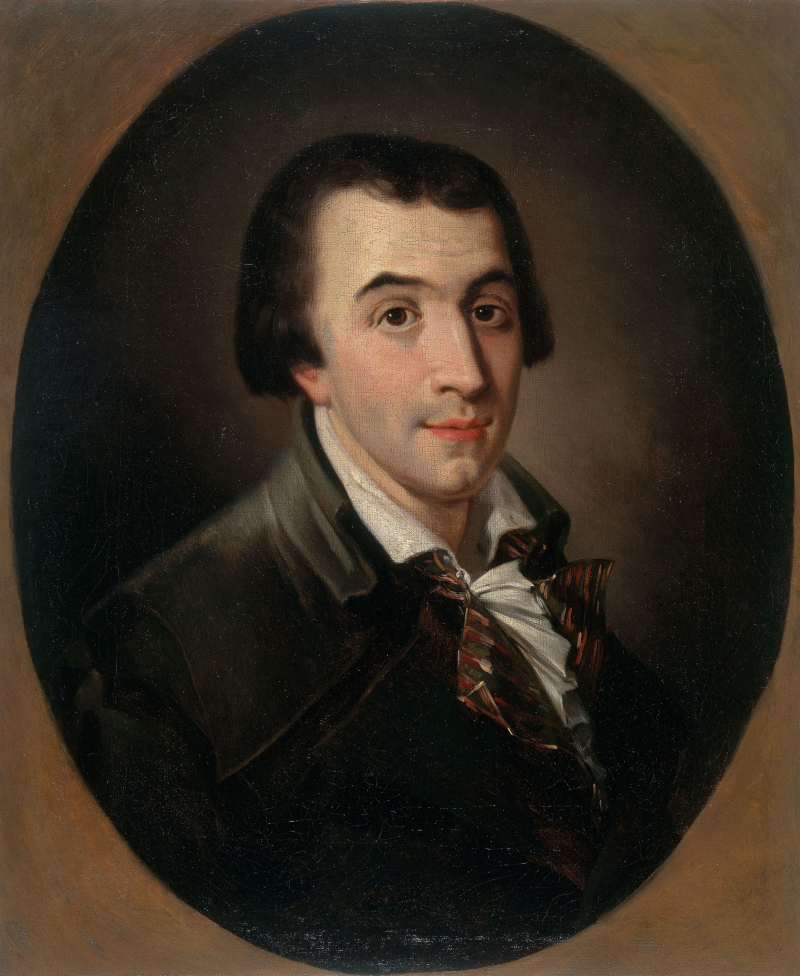
Photo: https://en.wikipedia.org/ 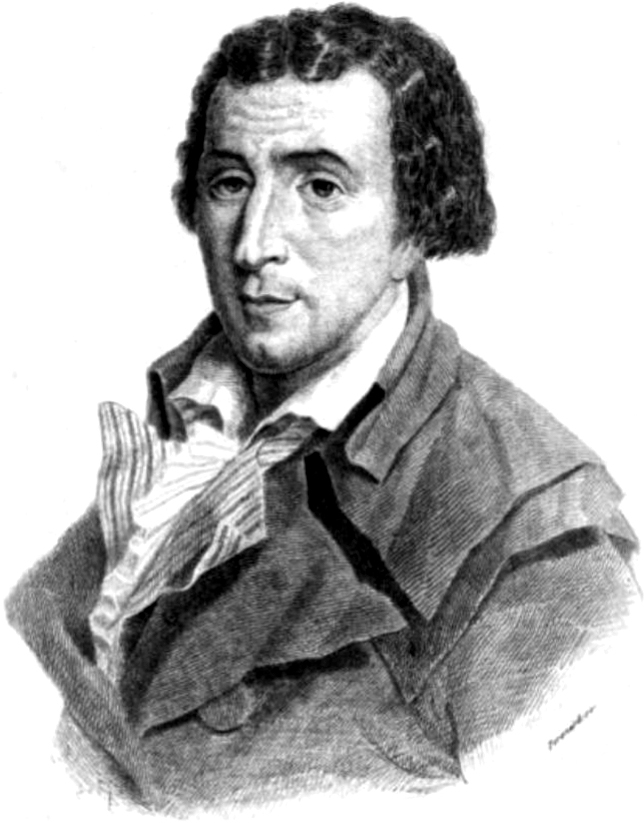
Photo: https://commons.wikimedia.org/ -
On October 26, 1759, Goerges Danton was born to Jacques Danton, a lawyer, and Marie-Madeleine Camus, his second wife. He was married to Antoinette Charpentier and held a law degree (1784).
As the leader of The Cordeliers Club, a renowned organization, he was able to establish the club's reputation through political clout during the French Revolution because he was kind and popular.
He was successful in overthrowing the French Monarchy and establishing the First French Republic by dominating his colleagues and making wise decisions ( Sept 21, 1792). On April 7, 1793, he was elected as the first president of the Committee of Public Safety.
Despite being hailed as a hero during the Third Republic, Goerges Danton was the subject of some controversy regarding his wealth and dishonesty, which could not be proven because of a lack of sufficient records. On April 5, 1794, he and a large number of his comrades were executed. He instructed the executioner to reveal his head to the crowd before he was killed, saying it was worth the trouble.
Lifespan: October 26, 1759 – April 5, 1794
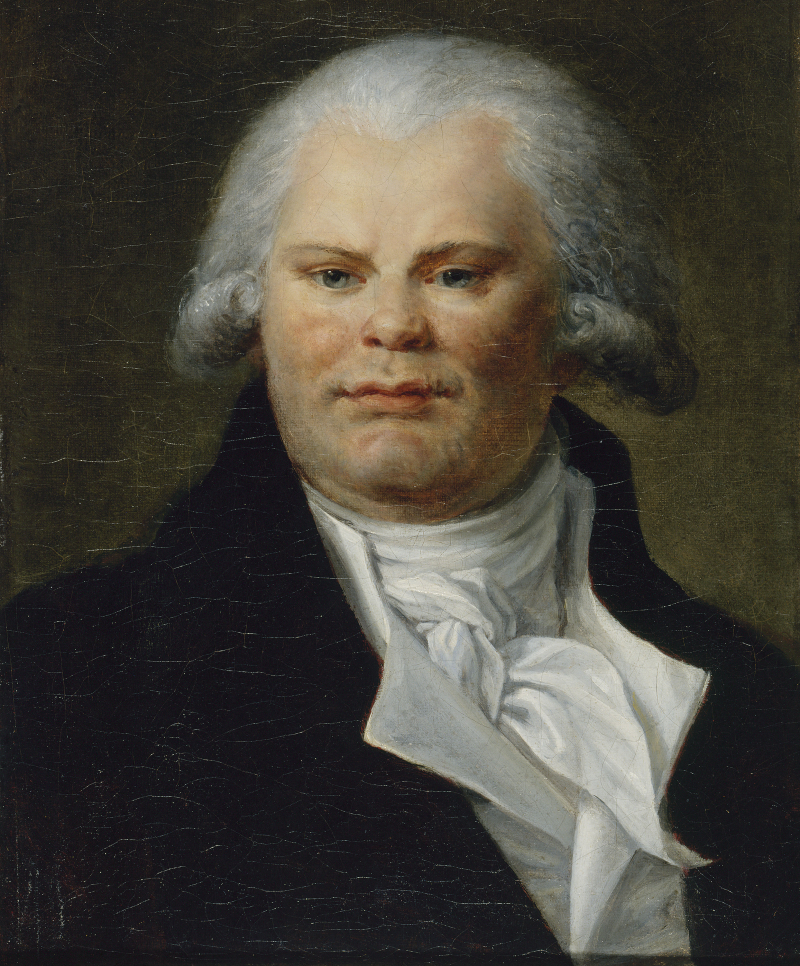
Photo: https://commons.wikimedia.org/ 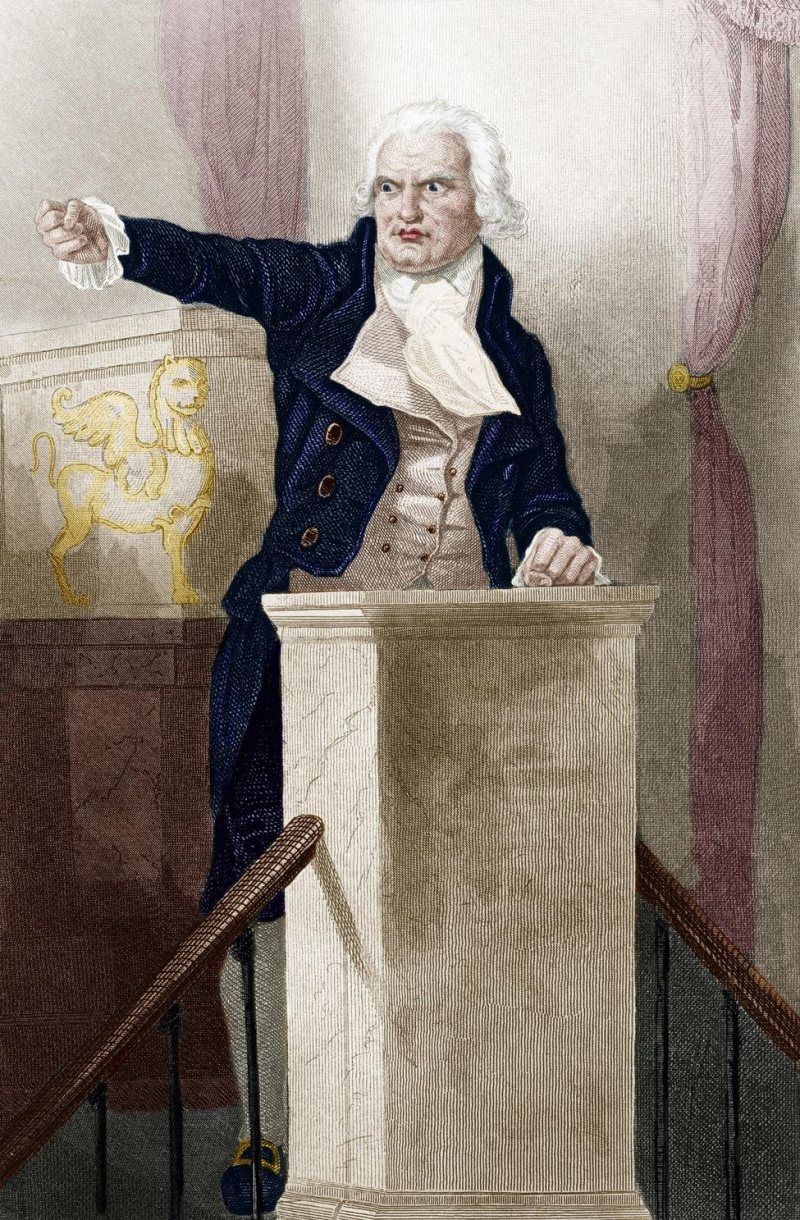
Photo: https://commons.wikimedia.org/ -
Marie Antoinette, who was wed to Louis XVI, was born on November 2, 1755, to Holy Roman Emperor Francis I and Empress-Queen Maria Theresa (1770). She became queen following the death of her father-in-law, King Louis XV, and is credited with contributing to the French monarchy's moral standing during the Ancien Regime's final years.
Because she was from Austria, the French people did not regard her as their queen but rather as a stranger. People even dubbed her "Madame Deficit" because of her extravagant spending on gambling, luxuries, parties, and outfits throughout the financial crisis.
Marie Antoinette allied with Honore Gabriel Riqueti, Comte de Mirabeau, the most esteemed lawmaker in the assembly, during the fervor of the French Revolution. She began clandestine negotiations seeking the King's approval to retire.
On October 16, 1793, she was found guilty of the following charges: depletion of the national treasury, high treason due to her intelligence activities in the enemy's interest, and conspiracy against the security of the State. On October 16, 1793, she was executed by hanging.
Lifespan: November 2, 1755 - October 16, 1793
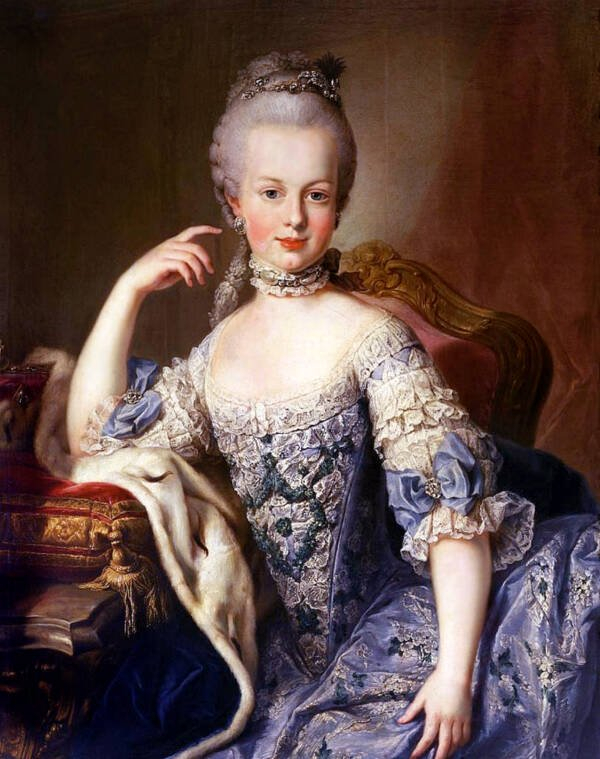
Photo: https://baotintuc.vn/ 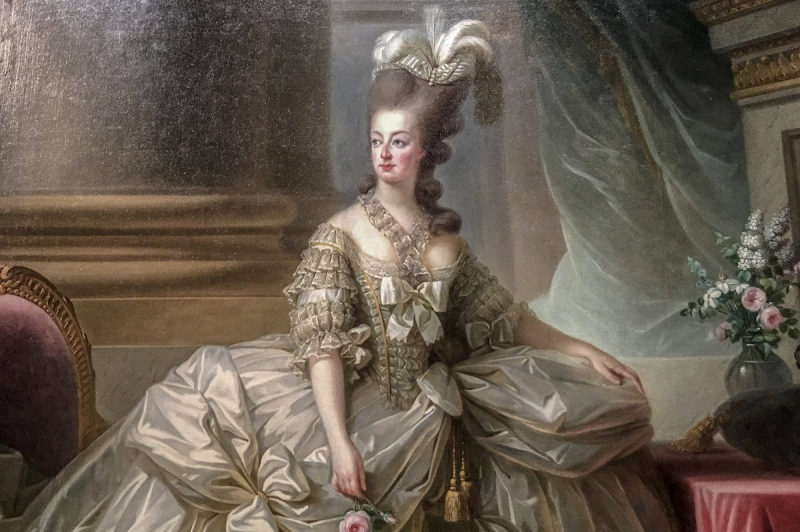
Photo: https://baotintuc.vn/ -
To end the list of most important leaders of the French Revolution is Honoré Gabriel Riqueti. Due to numerous scandalous relationships and gambling debts, Comte de Mirabeau's reputation was in ruins before the French Revolution. However, throughout the Revolution, he was well-liked by the populace due to his aptitude for work and depth of knowledge. He recognized, among other things, that a strong government must be in line with the preferences of the majority of the populace. Founded in 1789 by anti-royalists, the Jacobin Group was the most significant political club during the French Revolution. Mirabeau, a consummate orator who rose to prominence in the Jacobin Club during the early years of the Revolution, was even chosen to serve as its president in December 1790.
His health deteriorated the following year, and on April 2 he passed away in Paris. Honoré Gabriel Riqueti was revered as one of the founding fathers of the Revolution at the time of his passing. Later on, it was discovered that Mirabeau had been working undercover for King Louis XVI for 6,000 liters per month. His reputation in France was ruined as a result. His body was taken from the Pantheon, encased in lead, and buried in a common graveyard.
Lifespan: March 9, 1749 – April 2, 1791
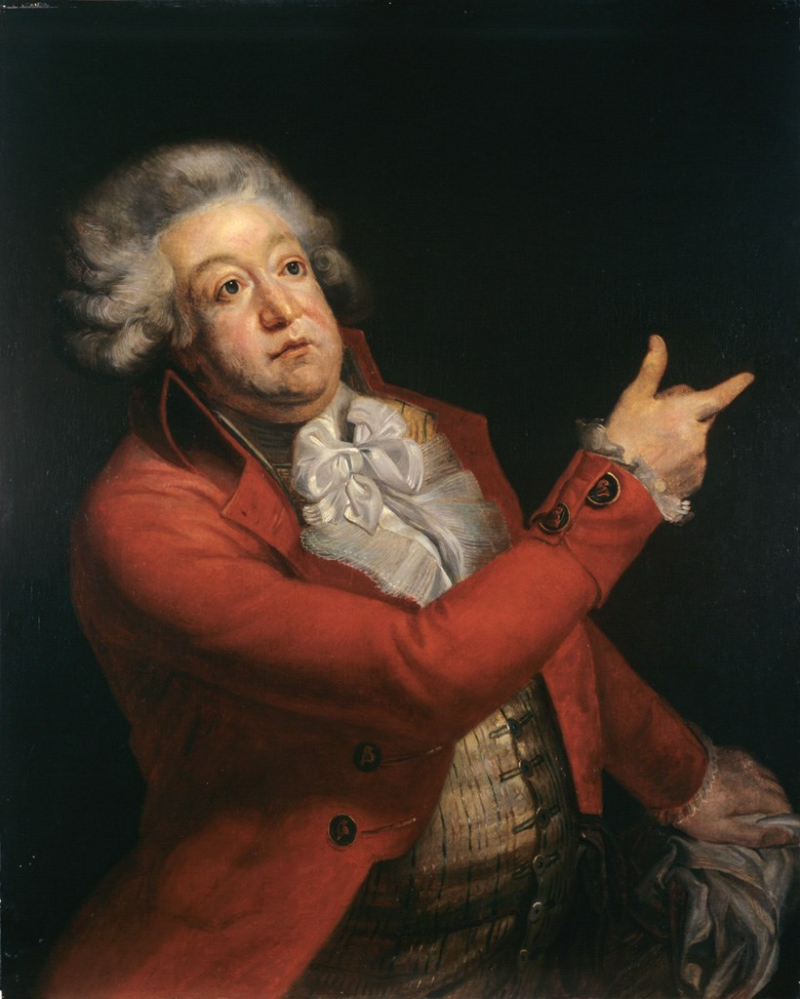
Photo: https://commons.wikimedia.org/ 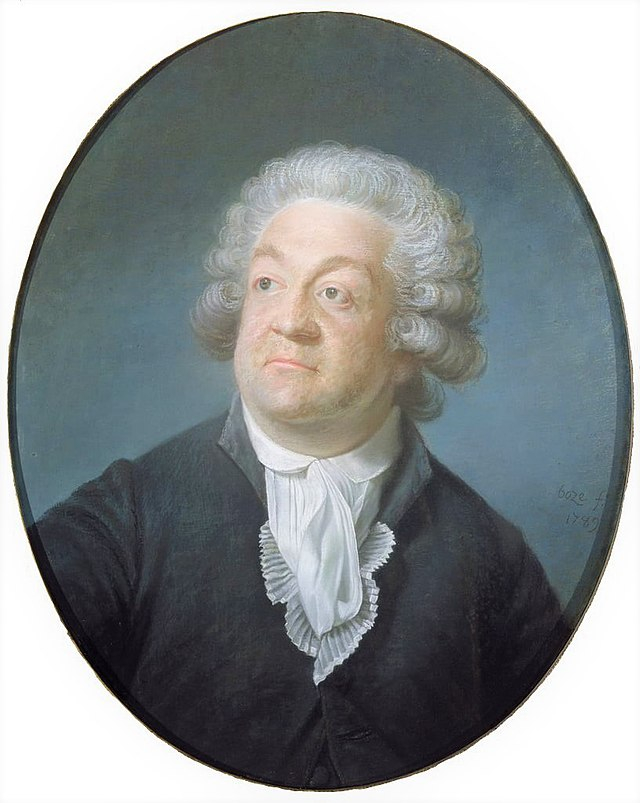
Photo: https://en.wikipedia.org/












